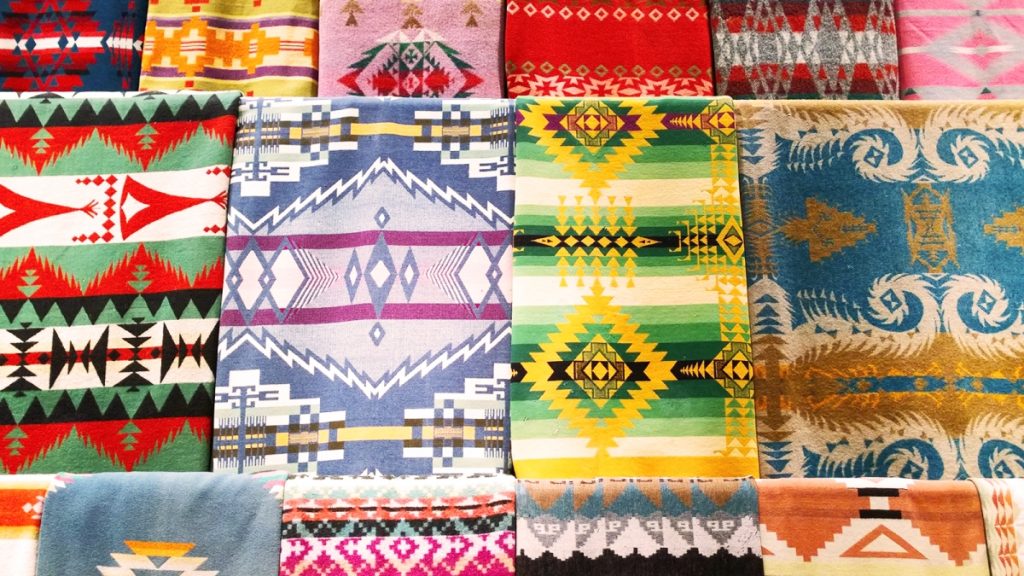Native American craftsmanship, cultural history, and historical significance are all represented by the Navajo Chief Blanket, which has stood the test of time as a symbol of these things.
These textile marvels are woven with fantastic skill and loaded with profound symbolism; as a result, they possess a charisma that captivates collectors, historians, and enthusiasts alike.
As we go deeper into the intricate web of the Navajo Chief Blanket, we will investigate its roots, its cultural significance, and the legacy it has left behind.
Origins and Evolution
The roots of the Navajo Chief Blanket may be traced back to the early 19th century when Navajo weavers began manufacturing enormous blankets with detailed designs to serve a practical function.
On the other hand, the Navajo weaving went through a metamorphosis due to the entrance of European settlers and traders in the Southwest.
The brilliant colors and patterns of imported fabrics inspired Navajo weavers to begin putting new design elements into their blankets, ultimately leading to the development of the renowned Chief Blanket style.
Characteristics and Symbolism
The distinctive characteristics of Navajo Chief Blankets are dramatic color combinations, bold geometric patterns, and exquisite craftsmanship. Traditional Chief blankets are usually characterized by horizontal stripes, diamond motifs, and stepped designs.
These patterns are frequently depicted in vivid red, blue, white, and black colors. The Navajo worldview, spiritual beliefs, and cultural legacy are all reflected in the blanket’s various components, each of which carries definite symbolic importance.
For instance, the central diamond design is meant to represent the four sacred mountains in the Navajo homeland, and the stepped patterns signify the route that leads to enlightenment and spiritual development.
Cultural Significance
Within Navajo civilization, Navajo Chief Blankets are essential for their visual appeal and profound cultural importance. Throughout history, these blankets were highly cherished treasures that served as status symbols, commodities for commerce, and dress for special occasions.
During critical ceremonies, including weddings, births, and religious rituals, chief blankets were frequently provided as gifts and worn by tribe leaders.
Chief blankets were also often given as gifts. Chief Blankets, emblems of riches, power, and status, played a significant part in the maintenance of social hierarchies and tribal identity.
While modern interpretations may vary in style and design, the essence of the Chief Blanket remains intact, serving as a reminder of the enduring legacy of Navajo craftsmanship and artistic expression
In Conclusion
Finally, the Navajo Chief Blanket is a masterwork of Native American textile creation that has stood the test of time.
Today, Navajo weavers continue to honor and preserve this rich tradition, weaving blankets using time-honored techniques passed down through generations.
It is a piece that combines centuries of history, symbolism, and cultural value. The Chief Blanket has risen from humble beginnings as a practical garment to its current status as a symbol of Navajo identity and legacy.
It continues to attract and inspire fans all over the world. As we uncover the mysteries surrounding these textile masterpieces, we can better appreciate the creativity, craft, and spiritual importance ingrained inside each thread. These threads are a reflection of the Navajo people’s eternal spirit.

